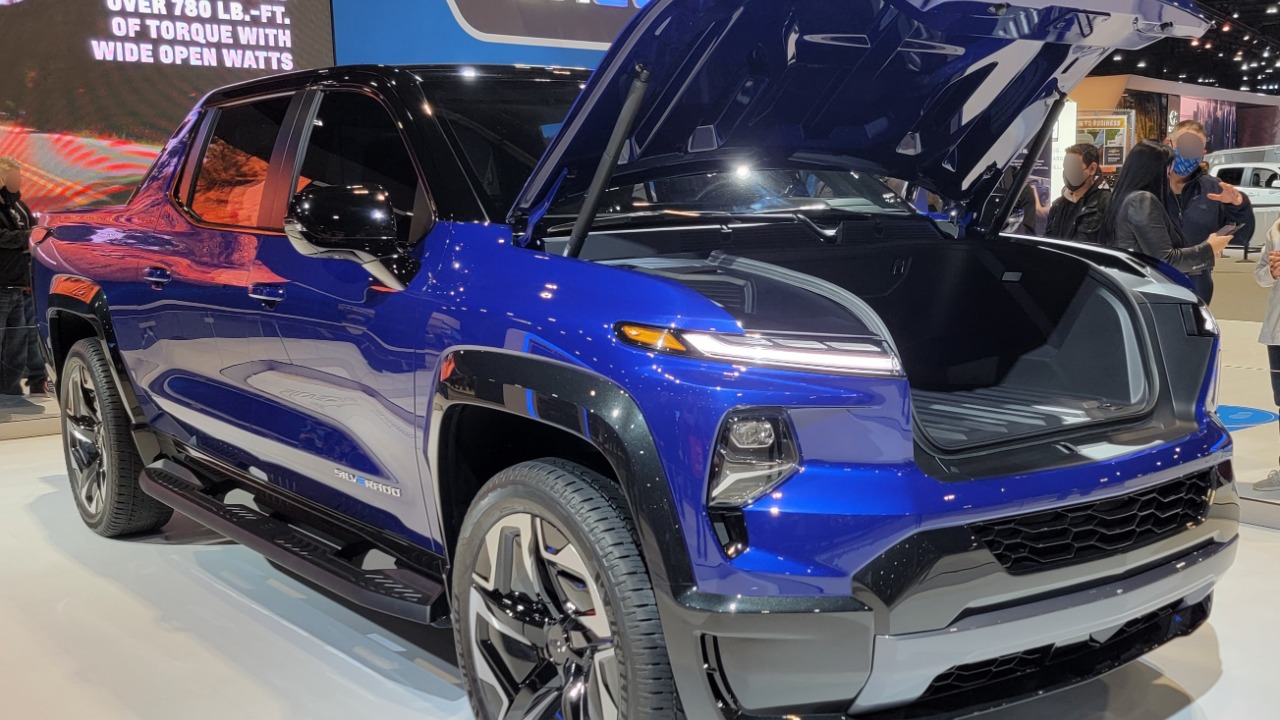
In a significant policy shift, General Motors (GM) has announced plans to remove badging from unsold trucks starting in 2026. This move is part of a broader strategy to streamline sales processes and manage truck inventory that remains unsold on dealer lots.
Understanding Vehicle Badging in GM Trucks
Vehicle badging on GM trucks plays a crucial role in identifying specific models. Emblems and logos are used to distinguish between models like the Chevrolet Silverado or GMC Sierra. Historically, badging has been a key element of branding, contributing significantly to the appeal of trucks to consumers. It’s not just about aesthetics; badging also contributes to the perceived value of a vehicle and its potential resale value, in line with standard industry practices.
The Challenge of Unsold Truck Inventory
One of the pressing issues facing GM is the accumulation of unsold trucks on dealer lots. High production volumes have led to a surplus of inventory, putting pressure on the company to increase turnover rates. The financial implications of this situation are significant, as dealerships bear the cost of maintaining these vehicles. Moreover, a glut of unsold trucks can distort market dynamics, affecting pricing and demand.
GM’s Official Announcement for 2026
As reported, GM has officially announced its policy to remove badging from unsold trucks in 2026. This policy will be implemented specifically for trucks that remain unsold in 2026, indicating a clear timeline for the change. GM is expected to take preparatory steps to support dealers in adapting to this change, although the specifics of these measures have not been detailed yet.
Reasons Driving the Badging Removal
The decision to remove badging from unsold trucks is driven by several factors. One of the primary motivations is cost-saving. By eliminating the production and application of badges on unsold inventory, GM can reduce expenses. Additionally, removing badging could potentially accelerate sales. Without specific model badges, trucks may appear more customizable or discounted to prospective buyers, making them more appealing. This move also aligns with shifting consumer preferences for personalization in trucks.
Impact on Dealers and Sales Strategies
The new policy is expected to ease the burden on GM dealers dealing with unsold trucks post-2026. It could also lead to changes in pricing and promotional strategies for badgeless inventory to stimulate sales. While the specifics of these strategies are yet to be revealed, past GM initiatives involving inventory management could provide some insights into potential approaches.
Consumer Perspectives and Market Reactions
Consumer reactions to badgeless trucks will be a key factor in the success of GM’s policy. Some buyers may perceive value in purchasing unsold 2026 models without badges, particularly if they are seeking affordable, unmodified trucks. Initial industry feedback on GM’s move has been varied, with some seeing it as a bold step towards adapting to changing consumer preferences. The policy could also have ripple effects on competitors, potentially prompting similar strategies.
Future Outlook for GM’s Truck Lineup
The removal of badging could influence future GM truck designs beyond 2026. It could lead to more streamlined designs and a greater emphasis on customization options. In the long term, this policy could also contribute to improved inventory efficiency and sustainability in production. Depending on the outcomes in 2026, GM may consider expanding this policy to other vehicle types, further transforming its approach to vehicle branding and sales.
More from MorningOverview